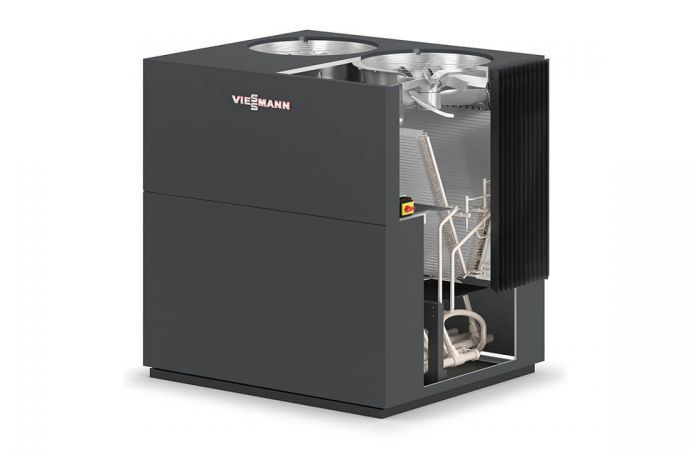Industry experts agreed on the top three barriers and recommended solutions for natural refrigerant-based heat pump technology in the Australian market at ATMOsphere Australia 2018.

Industry experts from Tri Tech Refrigeration, the Australian Alliance for Energy Productivity, and Mayekawa discuss Heat Pumps at ATMOsphere Australia 2018.
The opportunity for energy-efficient natural refrigerant-based heat pumps to replace costly and inefficient gas boilers for industrial and commercial hot water supply in Australia is very large, agreed a group of experts during the ATMOsphere Australia 2018 heat pump workshop, held last month in Sydney.
Participants included representatives from globally leading heat pump manufacturers such as Mayekawa, Johnson Controls, and Mitsubishi Heavy Industries as well as representatives from local industry stakeholders, end users, and contractors.
Jonathan Jutsen, Chairman of the Australian Alliance to Save Energy, co-chaired the session.
The following are the top three barriers and recommended actions identified during the workshop (excerpt from official ATMOsphere Australia 2018 Heat Pump Workshop Report):
Barrier #1: High capital costs & resistance to change
High capital costs on behalf of the end users for natural refrigerant-based heat pumps came up as the top barrier among participants during the session.
On most occasions, less efficient and more environmentally harmful solutions for hot water heating represent lower capital costs than natural refrigerant-based heat pumps in the Australian market, even though their life cycle costs due to high energy consumption would be much higher.
Action proposed on Barrier #1:
Provide concise and clear documentation targeting end users with three key messages:
· The business case for natural refrigerant-based heat pumps over current technology with simple and easy to understand life cycle cost and return on investment figures.
· Awareness-raising on public funding to overcome capital costs such as the Australian Government's ARENA program which funds projects that advance renewable energy.
· Technology advantages (including heat recovery) of heat pumps when used effectively in business operations.
Barrier #2: Lack of education across supply chain & lack of skilled technicians
Participants found that the lack of awareness of heat pump technology across the entire supply chain (technicians, consultants, engineers, contractors, and end users) to be a significant barrier to natural refrigerant-based heat pump adoption in Australia.
Actions proposed on Barrier #2:
Obtain support for training programmes for technicians. Training programmes from public institutions such as the Department of the Environment and Energy, etc. as well as private initiatives should be more widely available. ATMOsphere conference participants should have a specific call for public funding for training.
Encourage more proactive sales and marketing by both manufacturers and consultants. Manufacturers have an opportunity to help spread awareness of the technology through more direct and proactive communication of heat pumps as a heating solution at tradeshows, exhibitions and other events. In addition, consultants and contractors should differentiate themselves in the market by actively communicating the benefits of heat pump technology to their customers.
Barrier #3: Heat pump design and technology not fit for Australia's environment
There are several challenges that remain when considering the implementation of heat pump technology in Australia related to the challenging climatic conditions and specific application methods in the market. In addition, technicians lack adequate tools to measure and benchmark data in the field.
Action proposed on Barrier #3:
Build and share knowledge of Australia specific heat pump applications through pilot projects and case studies. With the funding of pilot projects, early adopters in the market should begin to build the foundation for sharing knowledge and training with the rest of the market. Pilot projects can also serve to educate the rest of the industry on how to properly install and maintain heat pumps in Australia's climate.
Related stories




